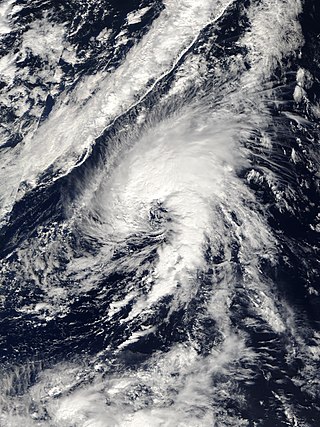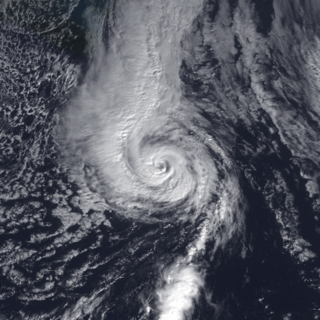The name Tammy has been used for two tropical cyclones worldwide, both in the North Atlantic Ocean.
- Tropical Storm Tammy (2005) – short-lived tropical storm that affected Florida
- Hurricane Tammy (2023) – Category 2 hurricane that made landfall on Barbuda, then passed to the east of Bermuda



